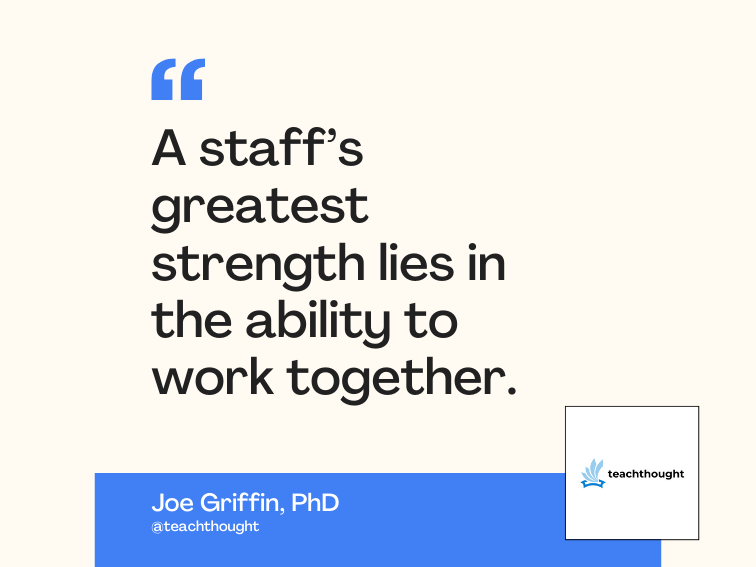Real time’s trickle-down effect
Real-time enterprise objectives are driving far more than the direction of the message-oriented middleware market. Indeed, the race for real time is stimulating diverse tech sectors such as CRM, ERP, business intelligence and analytics, and supply-chain solutions.
For instance, officials at analytics companies report that enterprises are becoming far less interested in historical and transactional data from just one portion of their business. That has sent vendors scrambling to spread solutions across applications, says Susan Foley Kane, chief marketing officer at Mountain View, Calif.-based Alphablox.
“No longer is analytics limited to one department,” Foley explains, adding that enterprises will increasingly turn to analytics vendors as they seek ways to digest data gleaned from real-time applications.
To inject more enterprisewide functionality, Alphablox last month unveiled a partnership with IBM that integrates Alphablox’s infrastructure software into IBM’s WebSphere application server.
Meanwhile, application vendors are amending offerings to catch the real-time upswing.
“There are application components that you need to have to manage across an enterprise in real time,” says Rob Sweeney, vice president of product management at Yantra, a Tewksbury, Mass.-based commerce management supplier. “The issue is more than just a technology backbone for real-time messaging.”
Yantra last fall unveiled a fourth version of its Multi-Enterprise Commerce Management Suite, billed as an order and inventory management package that parlays data in real time across enterprise divisions and external channels.
At the same time, supply-chain company CommerceEvents is offering its AdaptLink integration platform. The company claims AdaptLink builds in a real-time response to events such as shipment cancellations or incomplete orders, while providing support for Web services, wireless, and AIDC (Automatic Identification and Data Capture) technologies.
Other enterprise software companies are also striving to provide enterprises with methods to cut the amount of custom coding now needed to bridge applications.
Highlighting its integration of packages such as Oracle and SAP, Belmont, Calif.-based Asera in late October 2001 unveiled Release 5.0 of its eBusiness Operating System , which uses XML, J2EE (Java 2 Enterprise Edition), and Web services standards to marry applications and ease interoperability by plucking business engines out of disparate applications.
“We have built certain solutions out of the box, but our focus has been on building the platform infrastructure necessary [for enterprises] to build composite applications,” says Anil Nori, CTO of Asera.
New York-based iWay Software in November unveiled its latest iteration in the company’s integration software family, iWay Version 5.1, aimed at harnessing XML and middleware technology to integrate back-office and legacy systems.
Banking on XML as well is Altio, a Boston-based software company that claims to peel raw business logic from applications to jettison capabilities across an enterprise via a browser.
While vendors scurry to offer cross-enterprise solutions, ERP companies, along with CRM vendors and others, will soon flock to real time, says Tibco CEO Vivek Ranadive.
“Everybody would like to do this. From SAP to PeopleSoft to Oracle down to the little niche players, all understand they need to make their own products more suitable to real time,” Ranadive says.
One example is CRM company E.piphany, which recently unveiled a real-time product based on “self-learning” analytics. Officials claim that personalized offers now pushed to customers will be affected immediately by reactions others have had to similar offers.
Furthermore, Gartner predicts that companies specializing in business activity-monitoring solutions will get a boost from the real-time movement. Gartner analyst Roy Schulte counts vendors such as Apama and Systar in that mix.
Schulte describes these solutions as “probes into applications” that allow enterprise users to “eavesdrop on the traffic being generated for other application purposes.”
In the end, however, drawing the line on what qualifies as real-time computing and wading through the hype could prove tricky for enterprises, Schulte says. “[Real time] can be everything or nothing,” he quips.




